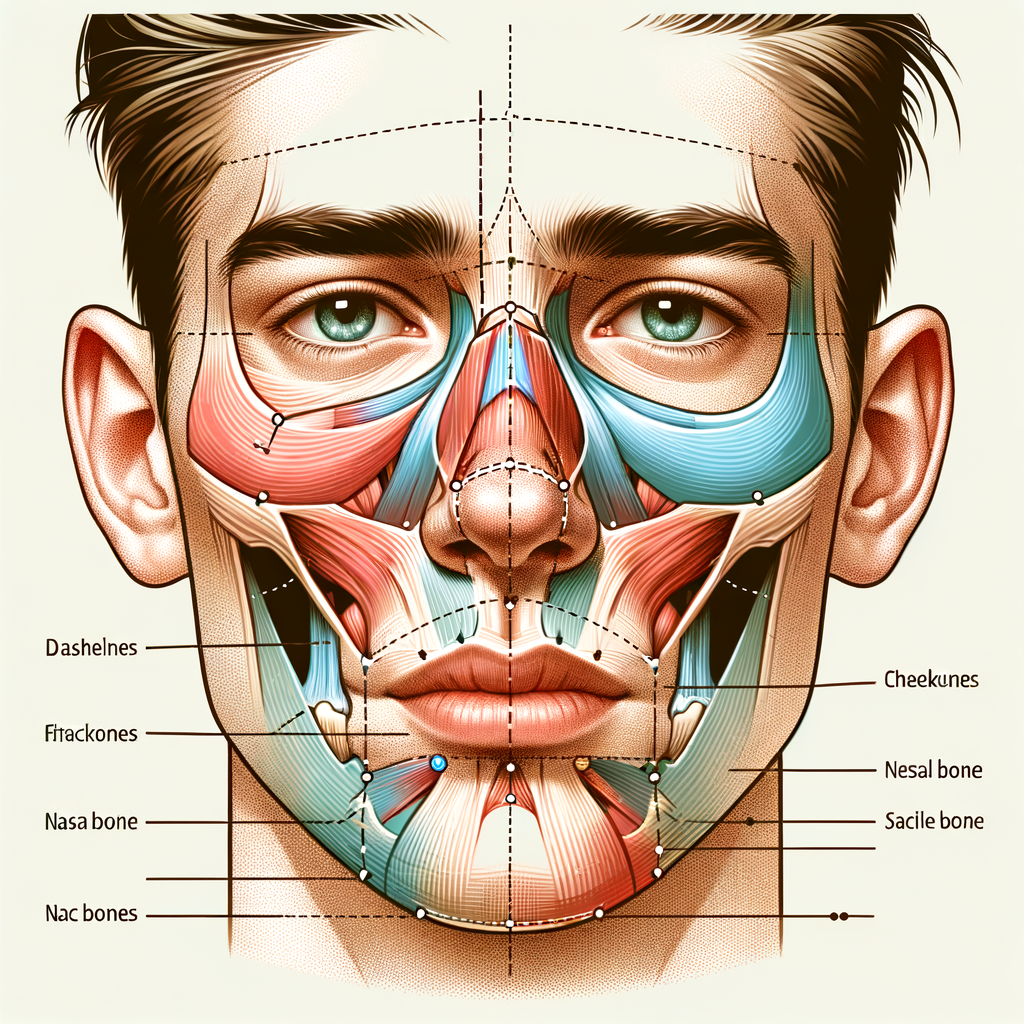Understanding Facial Fracture Injuries

A facial fracture injury is a serious medical condition that can have significant implications on a person’s health and quality of life. These injuries often result from high-impact events such as car accidents, sports injuries, falls, or acts of violence. They can lead to severe pain, disfigurement, and even life-threatening complications if not treated promptly and effectively.
Types of Facial Fractures
Facial fractures can occur in various parts of the face, each with its unique set of symptoms and treatment options. Some of the most common types include:
- Nasal fractures: These are the most common type of facial fractures, often resulting from direct trauma to the nose.
- Orbital fractures: These fractures affect the eye socket and can lead to vision problems if not treated promptly.
- Mandibular fractures: These fractures occur in the lower jaw and can affect a person’s ability to speak and eat.
- Zygomatic fractures: These fractures affect the cheekbone and can lead to facial asymmetry.
- Maxillary fractures: These fractures occur in the upper jaw and can affect the alignment of the teeth and the shape of the face.
Diagnosis and Treatment
Diagnosing a facial fracture typically involves a physical examination and imaging tests such as X-rays, CT scans, or MRI scans. The treatment for a facial fracture depends on the type and severity of the fracture, the patient’s overall health, and the presence of any other injuries.
Treatment options can range from non-surgical interventions such as pain management and physical therapy to surgical procedures to repair the fracture and restore the function and appearance of the face. In some cases, reconstructive surgery may be necessary to correct any deformities caused by the fracture.
Prevention and Recovery
While it’s not always possible to prevent facial fractures, certain measures can reduce the risk. These include wearing seat belts in vehicles, using protective gear in sports, and taking precautions to prevent falls, especially in older adults and children.
Recovery from a facial fracture can be a lengthy process that involves pain management, physical therapy, and possibly reconstructive surgery. It’s crucial for patients to follow their healthcare provider’s instructions and to attend all follow-up appointments to ensure a successful recovery.
Conclusion
Facial fracture injuries are serious conditions that require prompt medical attention. Understanding the types of facial fractures, their diagnosis, treatment options, and prevention strategies can help individuals better manage these injuries and improve their recovery outcomes. As with any health concern, it’s always best to consult with a healthcare provider for personalized advice and treatment.
Meta Keywords:
Facial Fracture, Facial Injury, Nasal Fractures, Orbital Fractures, Mandibular Fractures, Zygomatic Fractures, Maxillary Fractures, Diagnosis, Treatment, Prevention, Recovery
Note: As an AI, I’m unable to generate images. Please consider using an image of a human face with emphasis on the bone structure to reflect the subject matter of the article.







